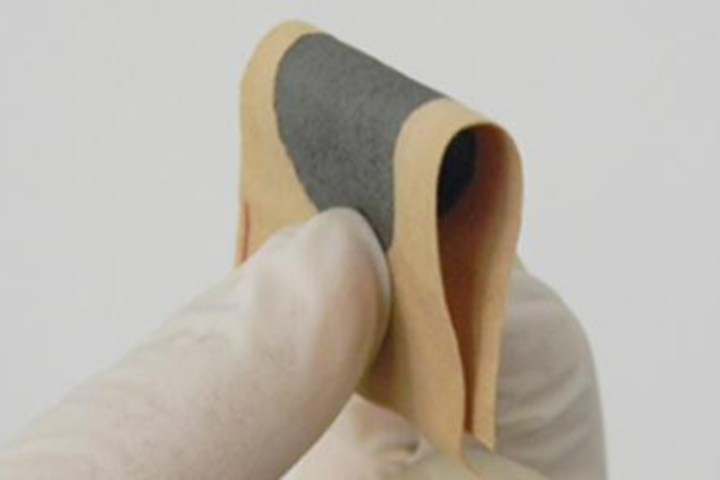
To develop the conductive cotton, CGC researcher Felice Torrisi and his team chemically modified flakes of graphene so they would firmly stick to cotton fibers like colored dyes. The process helps maintain the conductive properties through a series of wash cycles and enables the researchers to design electronic systems right into articles of clothing.
“Graphene is an environmentally friendly, low-cost, highly flexible, and scaleable alternative to current rigid electronic integrated silicon chips or metal-particle inks,” Torrisi told Digital Trends. “Our process is a green way to produce conductive textiles that can be washed in normal washing machines and are compatible with everyday wear.”
Cotton’s comfort, durability, and affordability make it an ideal base for smart textiles. But these properties are undermined when rigid, fragile, and expensive electronics are used. By integrating cotton with graphene, the researchers were able to retain the desirable traits of both materials, demonstrating that the textile could detect 500 motion cycles and withstand 10 wash cycles in a standard washing machine.
“Our Graphene textiles … can be used as interconnections or sensors in electronic-textiles for wearable devices,” Torrisi said. “The concept could be extended to textiles with the large family of 2D materials, where in this case graphene as well as other 2D materials … can be integrated into fabric producing active fiber-based electronic textiles such as transistors or light-emitting displays.”
A paper detailing the design was published in the journal Carbon.



